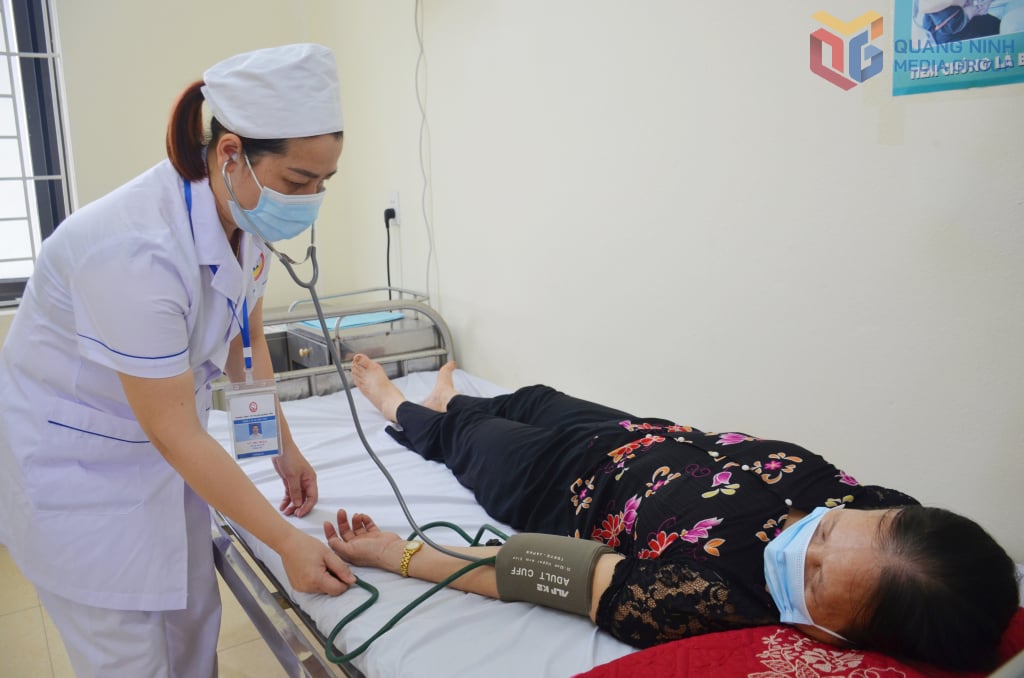
Currently, the province's grassroots health system includes district health centers and commune, ward and town health stations. Commune health stations are comprehensively managed by district health centers in terms of organization, personnel, finance and are the primary health care level. The current health station model was built in 1975 and is no longer suitable for modern health care requirements. If not systematically reorganized, the risk of the commune level being "ignored" is very high, leading to imbalance in the system, overloading of the upper level, and disruption of the role of disease prevention in the community.
Based on the review of 171 existing health stations, the Project proposes to establish 60 main health stations and 106 stations, ensuring that 100% of communes and wards after the reorganization have at least one fully functional health unit. For communes with large areas, scattered populations, and remote areas, stations will continue to operate, with doctors or medical staff in charge of the profession, creating conditions for people to access the most convenient health services.
The facilities are selected reasonably, with priority given to stations with good infrastructure and concentrated population. If necessary, renovation or new construction will be carried out in accordance with national commune health standards until 2030. Notably, the arrangement process does not affect the rights of staff. Over 1,000 health station staff will be allocated to main stations and station points. The arrangement of Station Chief and Deputy Station Chief positions will also be carried out according to a reasonable roadmap, with priority given to those with capacity, experience and professional qualifications.
The province currently has 13 district-level health centers; of which 10 are multifunctional, 2 are incomplete multifunctional (Ha Long City and Uong Bi City Health Centers have the function of examining and treating health insurance patients but do not have inpatient beds), and Cam Pha City Health Center only has the function of preventive medicine. According to the Project, district-level health centers will have their names adjusted (removing the words "district, town, city") because there are no longer district-level boundaries. The health centers continue to be public service units under the Department of Health; maintaining the status quo of headquarters, facilities, assets and financial resources; current organizational structure, leadership and number of employees.
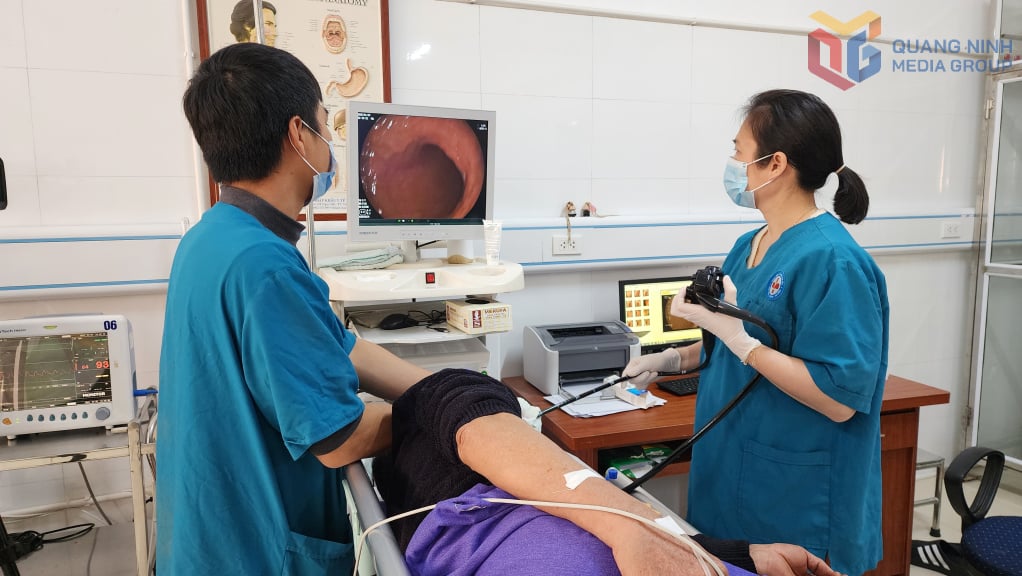
The project clearly defines that no people will be affected after the arrangement. All preventive medical services, medical examination and treatment, vaccination, population... will still be fully implemented at the place closest to the people. In particular, stations in remote areas with difficult access will maintain full functionality as the main station.
The reorganization process is divided into two phases. Phase 1, from now until July 1, 2025, will implement the merger, renaming, human resource arrangement and headquarters. Phase 2, from July 2025-2026, will continue to review and perfect the model according to the actual situation, gradually modernizing grassroots healthcare associated with digital transformation and the monitoring system from the provincial level.
The highlight of the new model is the orientation towards Connectivity - Unification - Modernity, creating conditions for the grassroots level to operate as a solid link in the province-wide health system. The application of digital data, health management software, monitoring of non-communicable diseases, coordination with upper-level hospitals, etc. will become increasingly convenient with the centralized health station model.
Along with that, the merger does not cause financial disruption. In the initial phase, the provincial budget still ensures all activities for the Stations. In the long term, the health sector will gradually improve its autonomy, unleashing social resources for sustainable health development.
The implementation of the Project is a clear affirmation of the province's orientation in taking people's health care as the core goal, ensuring synchronization between levels, and maintaining people's trust in the grassroots health system.
Source: https://baoquangninh.vn/bao-dam-y-te-co-so-vi-suc-khoe-nhan-dan-3363571.html




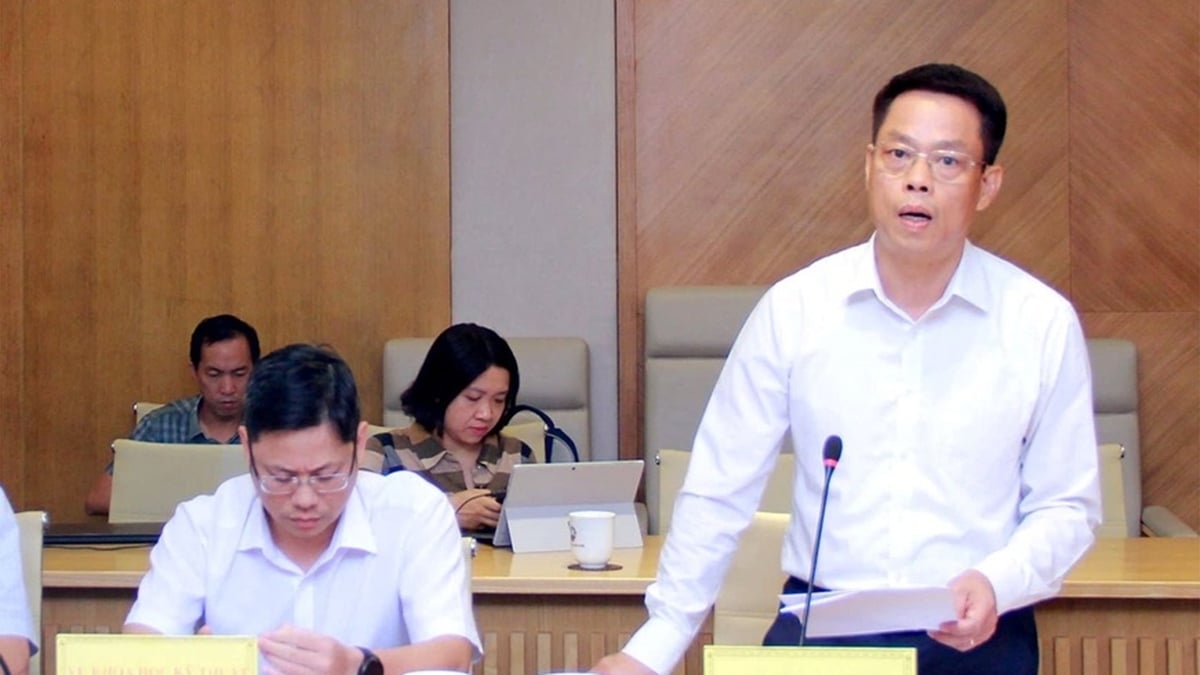



















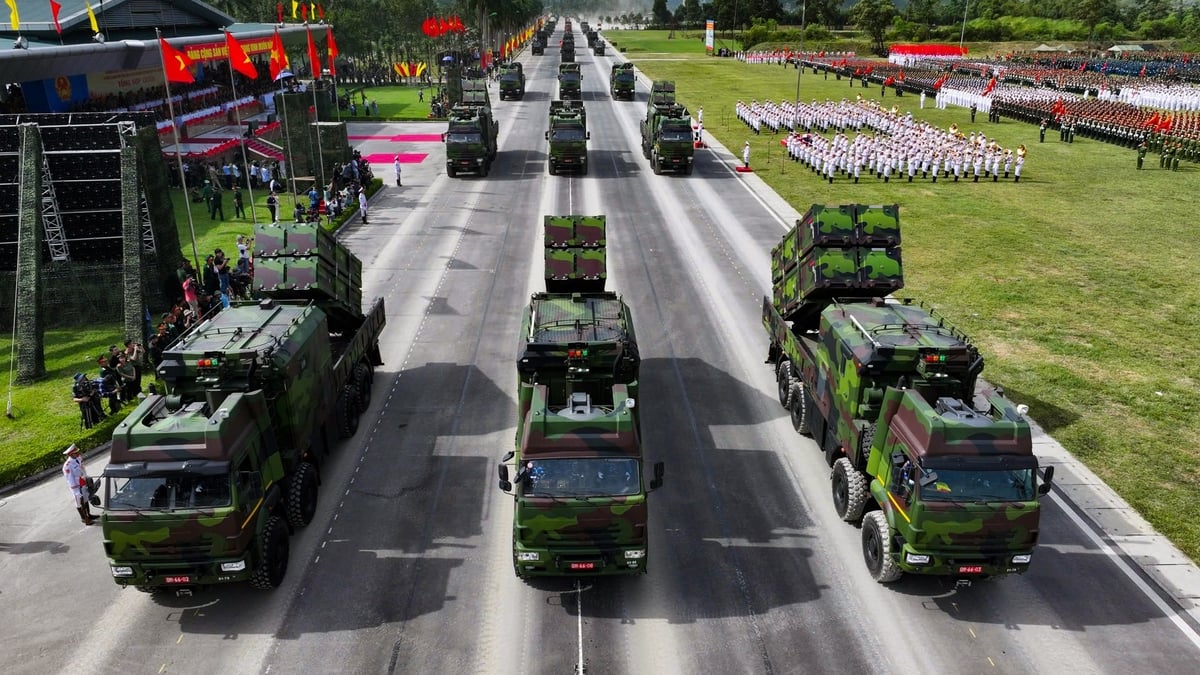
![[Photo] Discover the "wonder" under the sea of Gia Lai](https://vphoto.vietnam.vn/thumb/1200x675/vietnam/resource/IMAGE/2025/8/6/befd4a58bb1245419e86ebe353525f97)
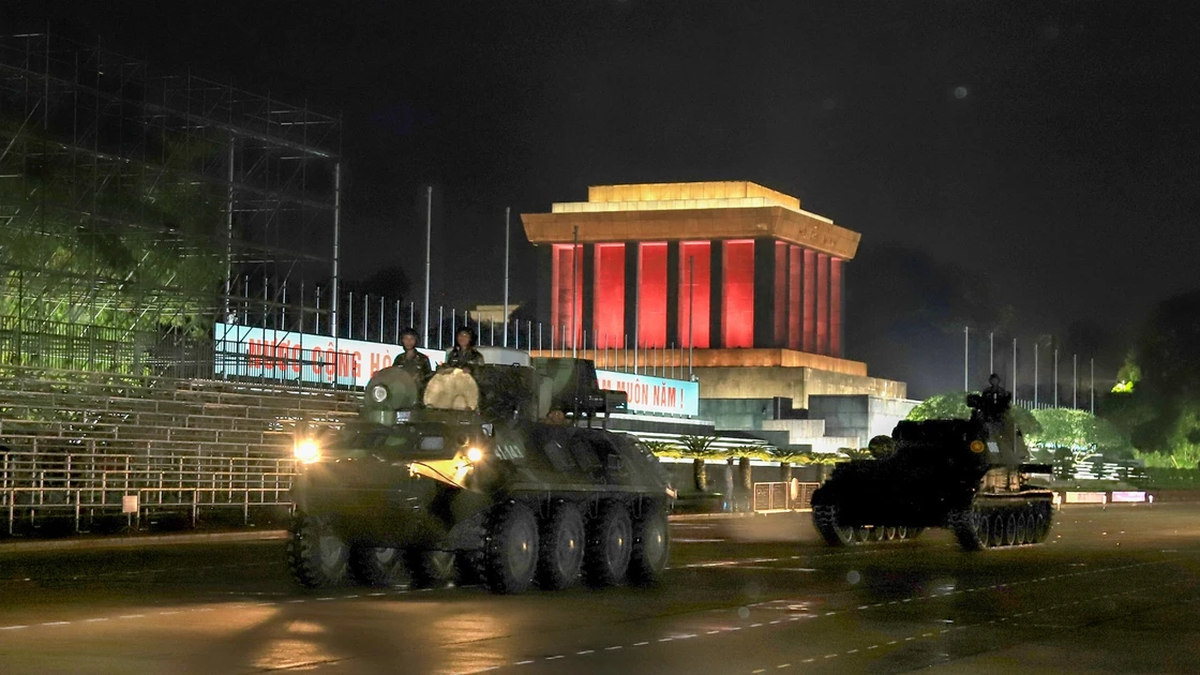

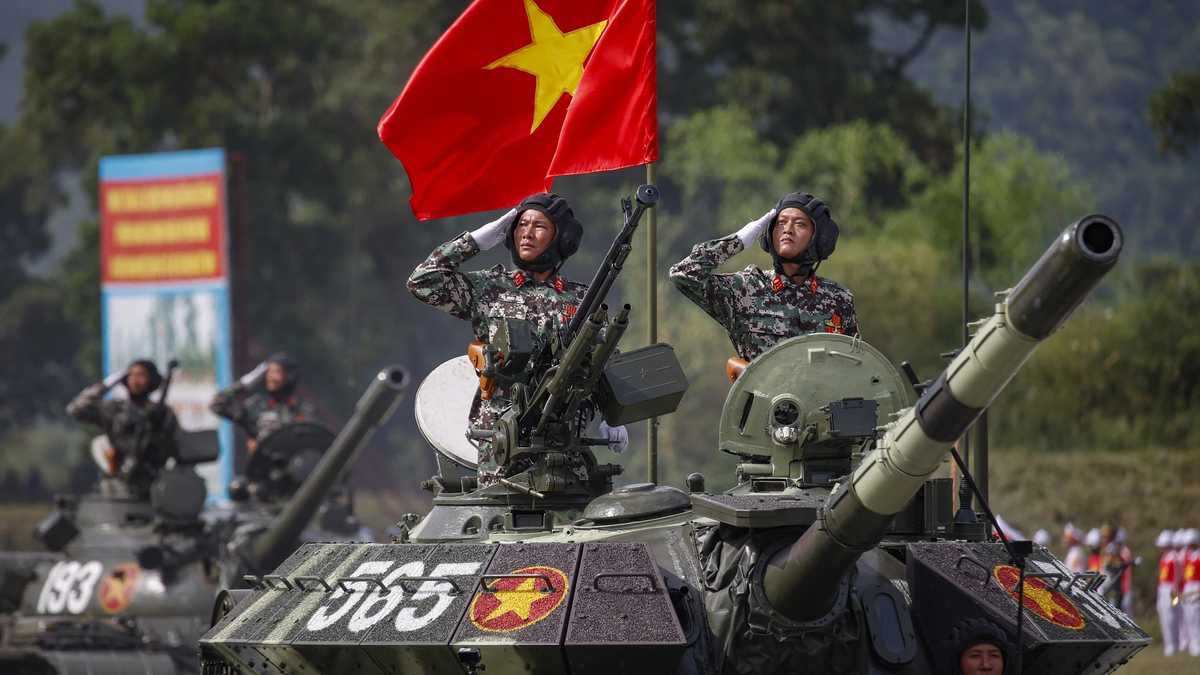
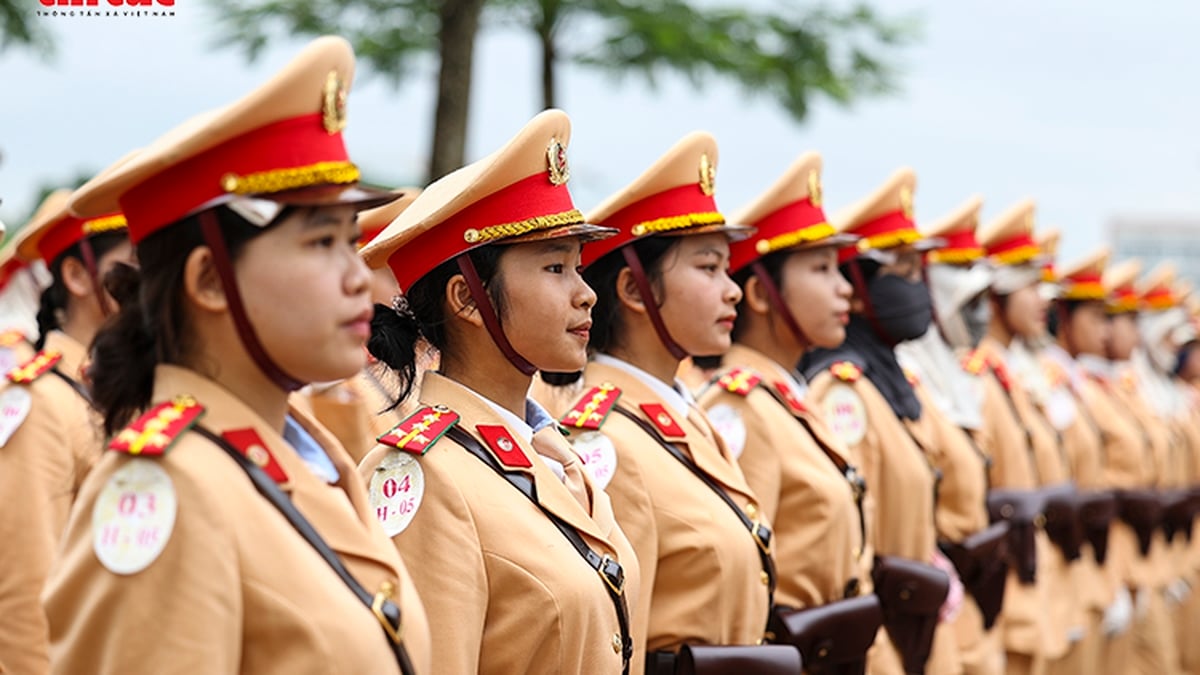




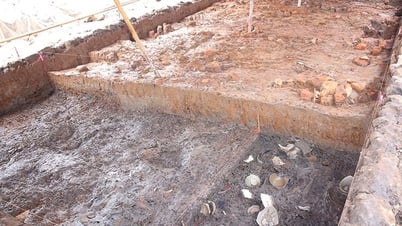


























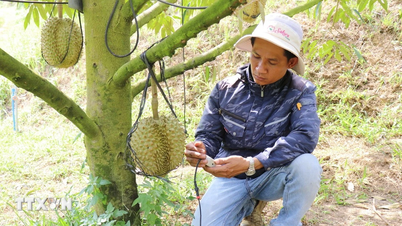






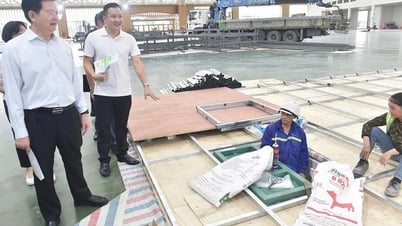
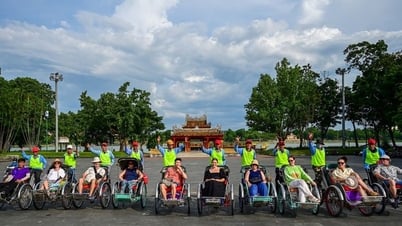

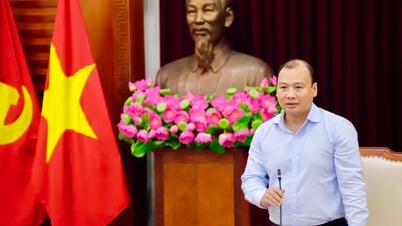









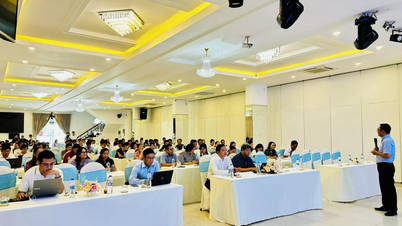


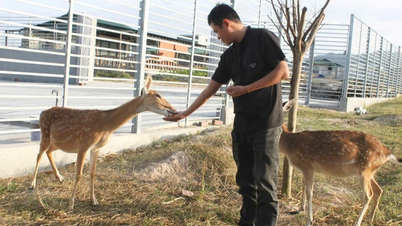






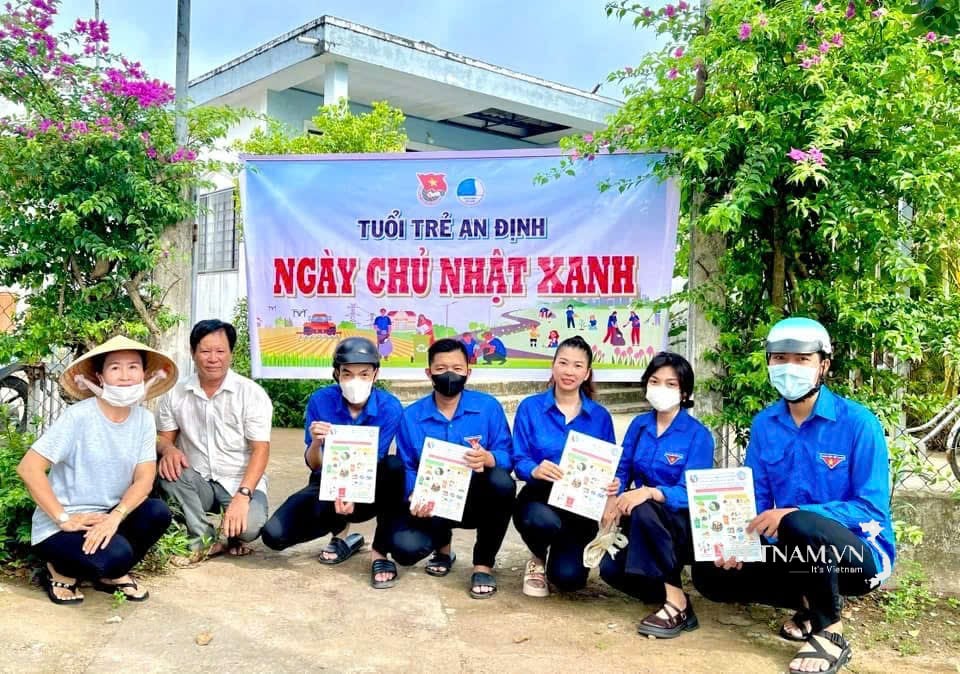


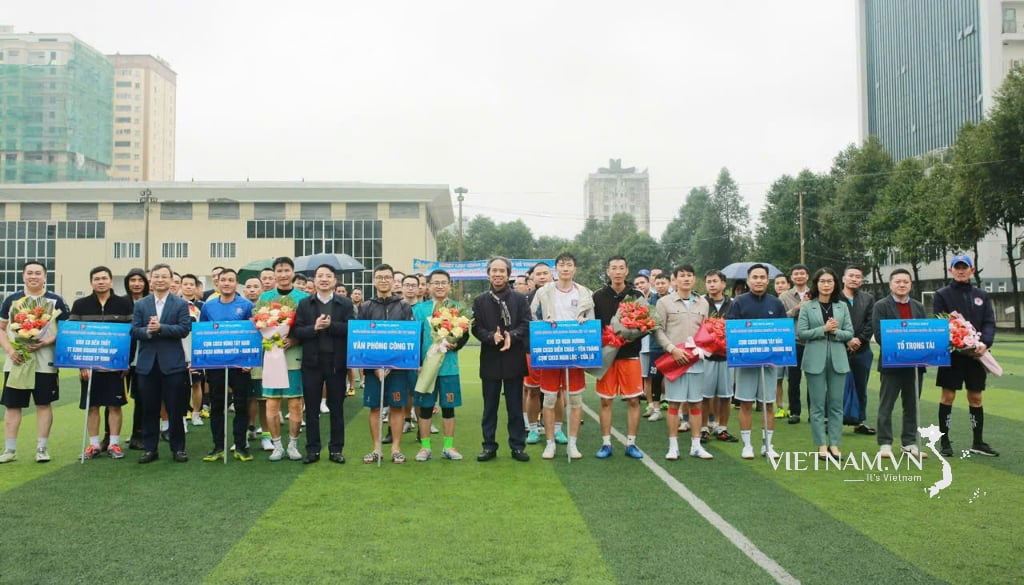
Comment (0)